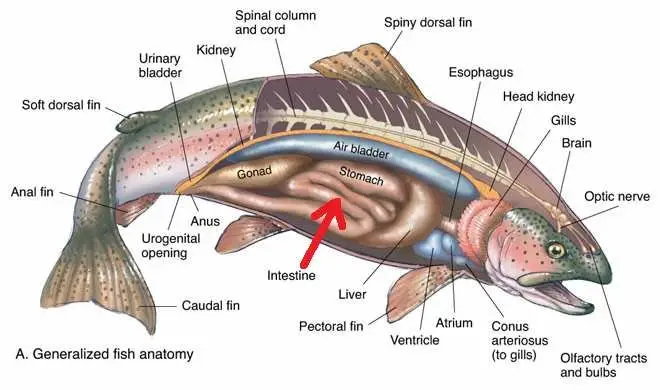Fish Preservation and Processing Methods and Steps
Fish is a vital protein source that requires meticulous handling to maintain its quality and safety. This necessity arises from fish’s susceptibility to spoilage, particularly in warm tropical climates, where high temperatures expedite the activities of bacteria, enzymes, and the oxidation of fats. In regions such as Nigeria, inadequate handling has resulted in significant losses, … Read more









